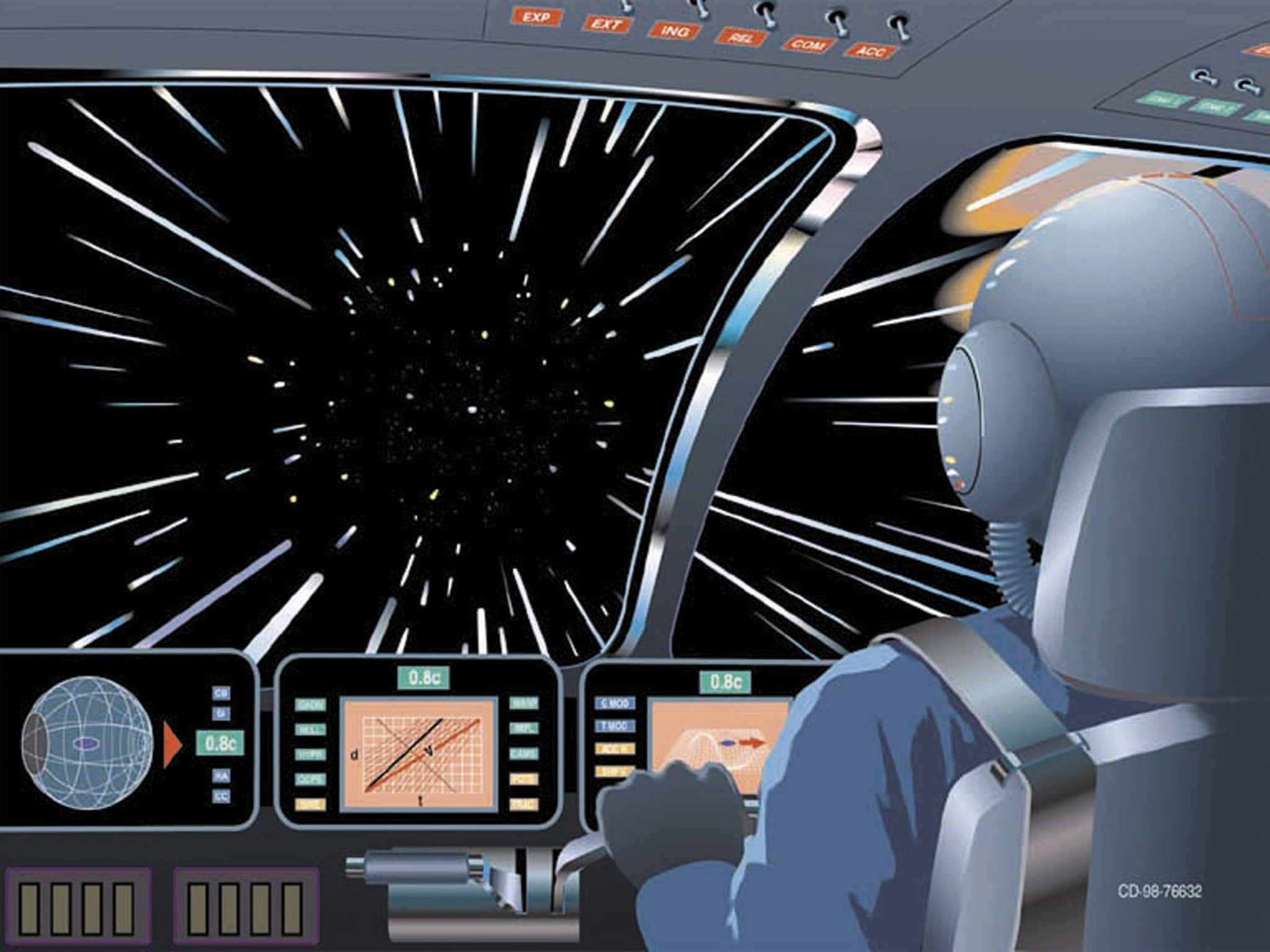Nasa: 'warp drive' thruster is being tested but hasn't worked – yet
Nasa has said that it is working on technology thought to the emDrive, but that it ‘has not yet shown any tangible results’

Your support helps us to tell the story
From reproductive rights to climate change to Big Tech, The Independent is on the ground when the story is developing. Whether it's investigating the financials of Elon Musk's pro-Trump PAC or producing our latest documentary, 'The A Word', which shines a light on the American women fighting for reproductive rights, we know how important it is to parse out the facts from the messaging.
At such a critical moment in US history, we need reporters on the ground. Your donation allows us to keep sending journalists to speak to both sides of the story.
The Independent is trusted by Americans across the entire political spectrum. And unlike many other quality news outlets, we choose not to lock Americans out of our reporting and analysis with paywalls. We believe quality journalism should be available to everyone, paid for by those who can afford it.
Your support makes all the difference.It sounds too sci-fi to be true: a fuel-free thruster system that could carry spaceships around the universe faster than light. And it probably is, at least for the time being, according to Nasa scientists.
Last week, excitement was stoked by a specialist forum that Nasa was working on an emDrive — a British invention that uses microwaves to push through space without the need for conventional fuel. But while Nasa has said that it is testing similar technologies, it hasn’t actually had any practical success with them yet.
"While conceptual research into novel propulsion methods by a team at NASA's Johnson Space Center in Houston has created headlines, this is a small effort that has not yet shown any tangible results," NASA officials told Space.com. "NASA is not working on 'warp drive' technology."
What makes the emDrive so exciting but also impossible, according to many scientists, is that it would appear to violate central laws of physics. A ship with it attached would supposedly be able to travel so far through the universe because the engine generates more energy than it uses — violating the law of conservation of energy, which says that energy can’t ever be created.
Some tests claim to have shown that the energy can actually do what it says it can, which have been claimed to show that the planned technology could be viable. But scientists say that quirks of the test — like leaks in the testing chamber or the effect of the Earth — could have been responsible for the unusual results.
The results haven’t yet been submitted for peer review, as scientific findings usually are, so researchers outside the Nasa laboratories that have tested the drive don’t know exactly what happened there. Many of those involved in the plan did not respond to requests for comment from Space.com.
But researchers point out that in other tests, the results have been very close to those that might be seen with random chance. The power that has been generated in the rumoured tests is very low, and almost as small as the margin for error, which could mean that the promising results are really the outcome of inaccurate measurements.
Join our commenting forum
Join thought-provoking conversations, follow other Independent readers and see their replies
Comments